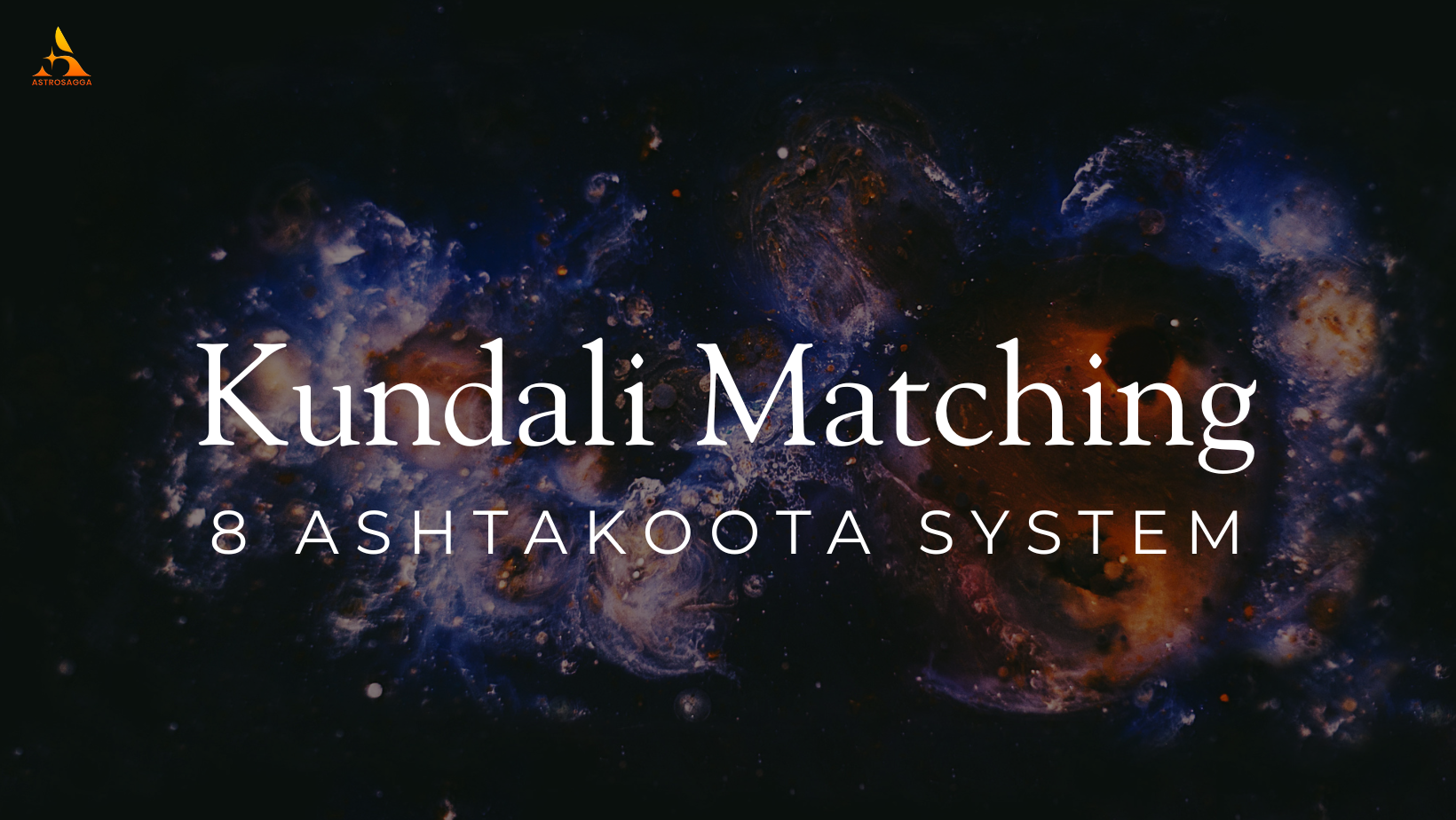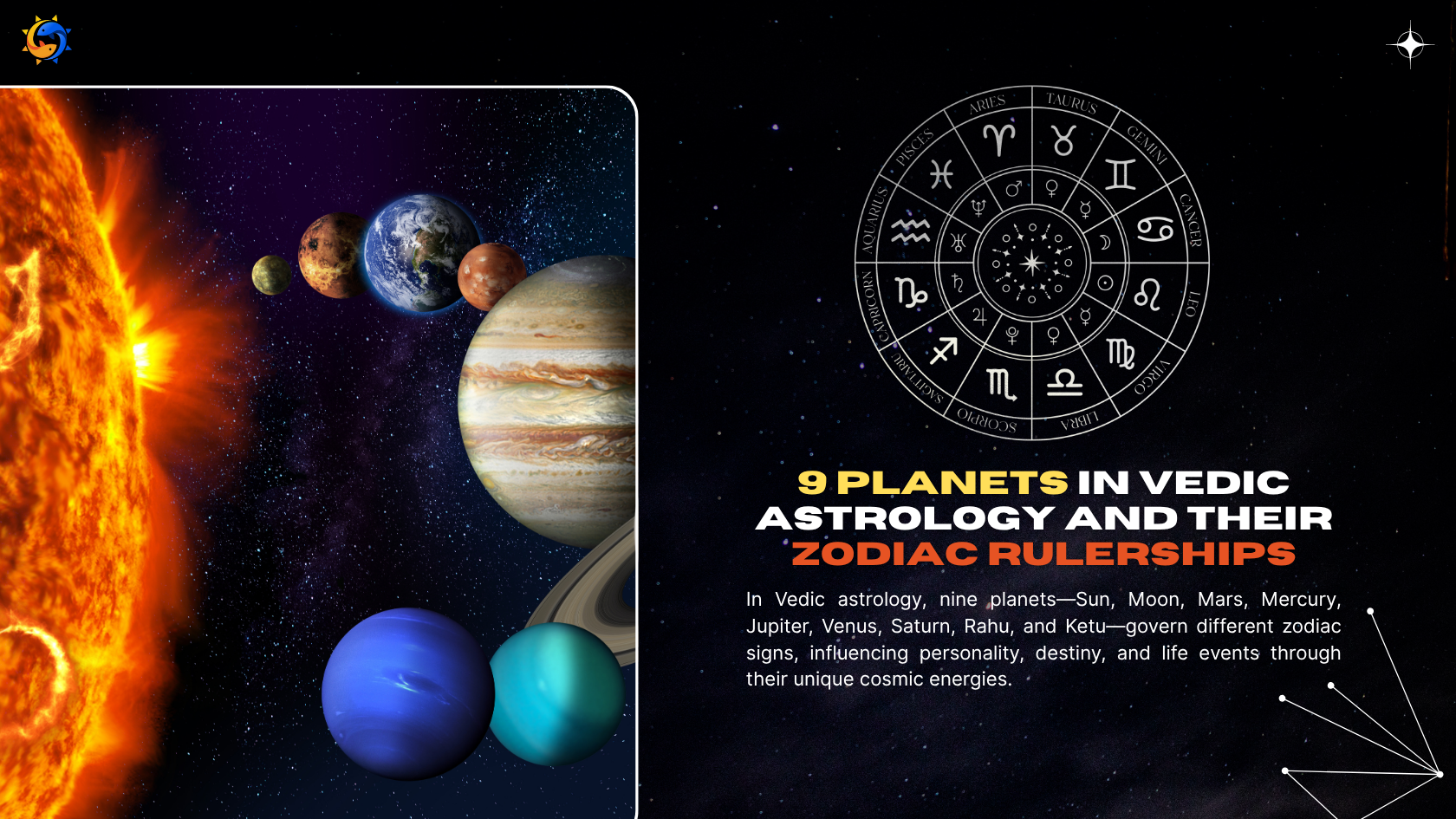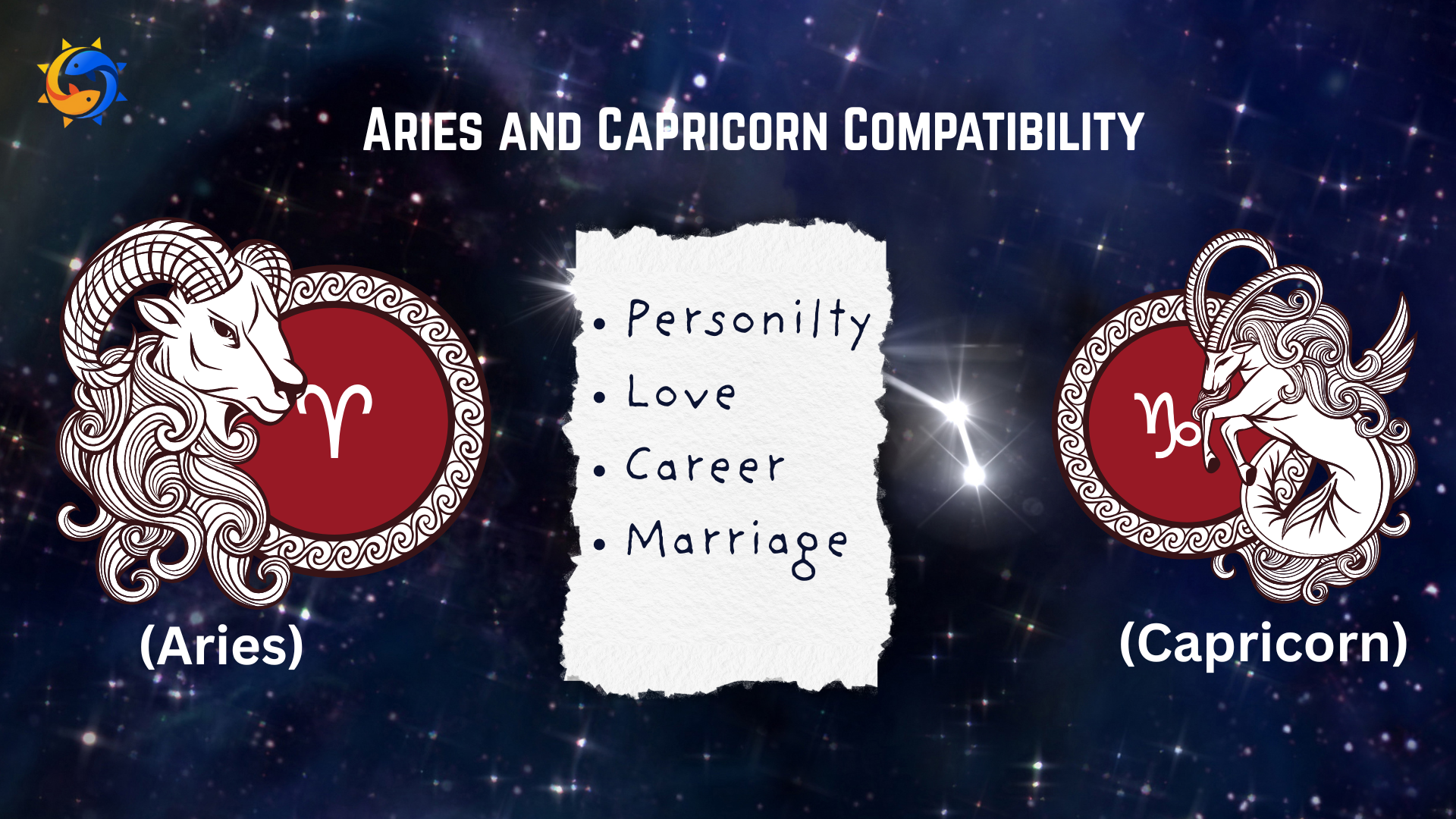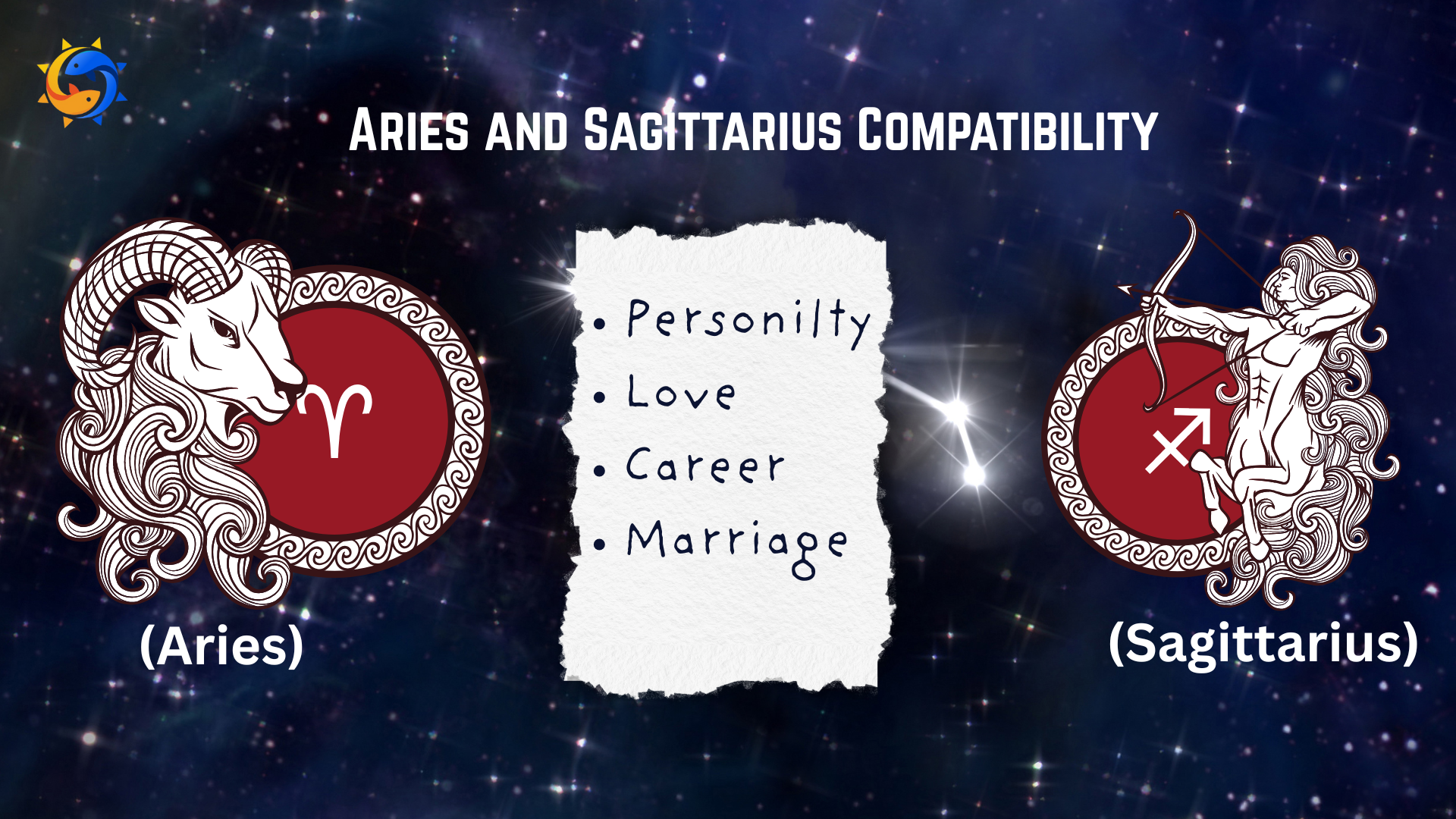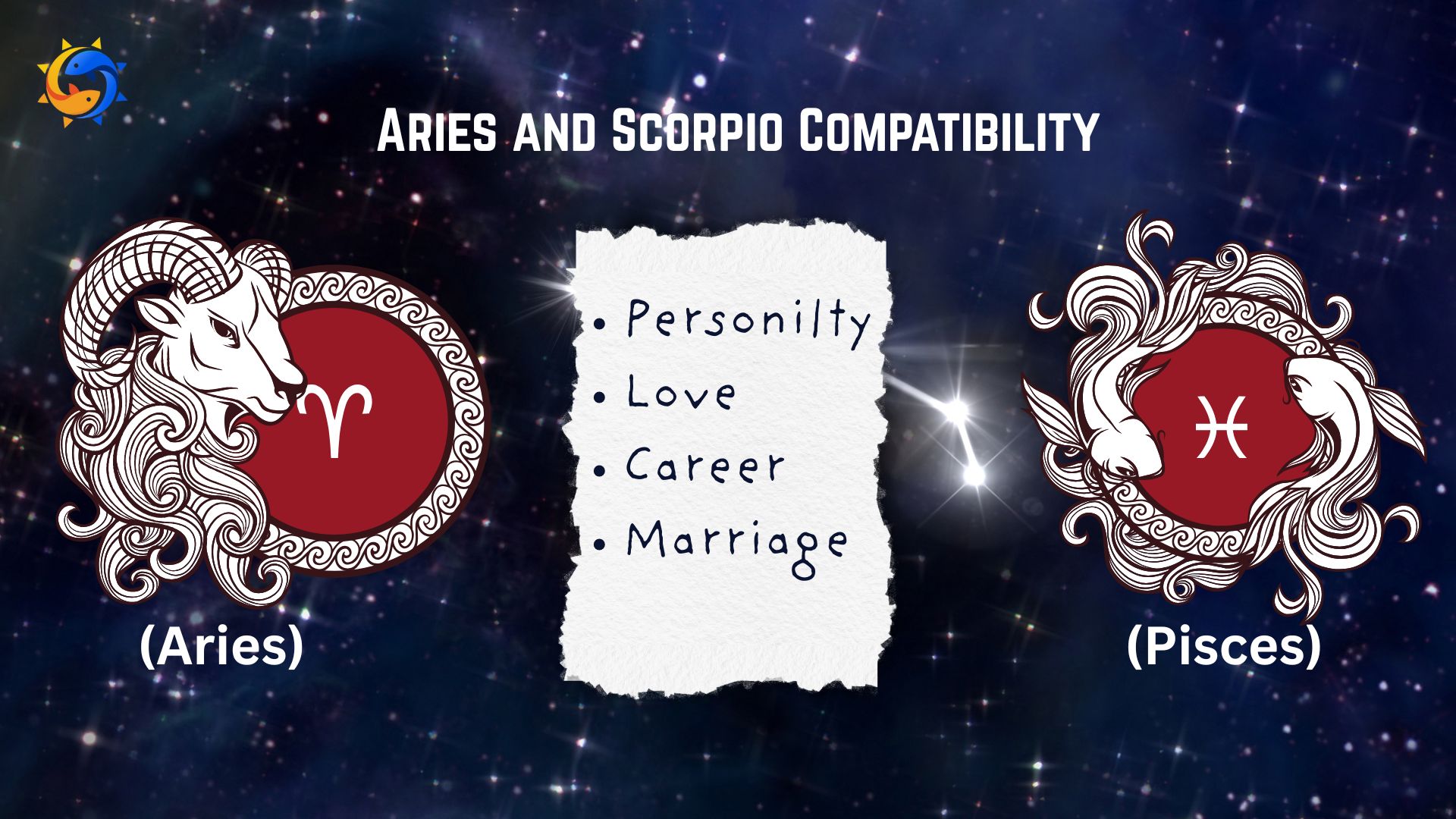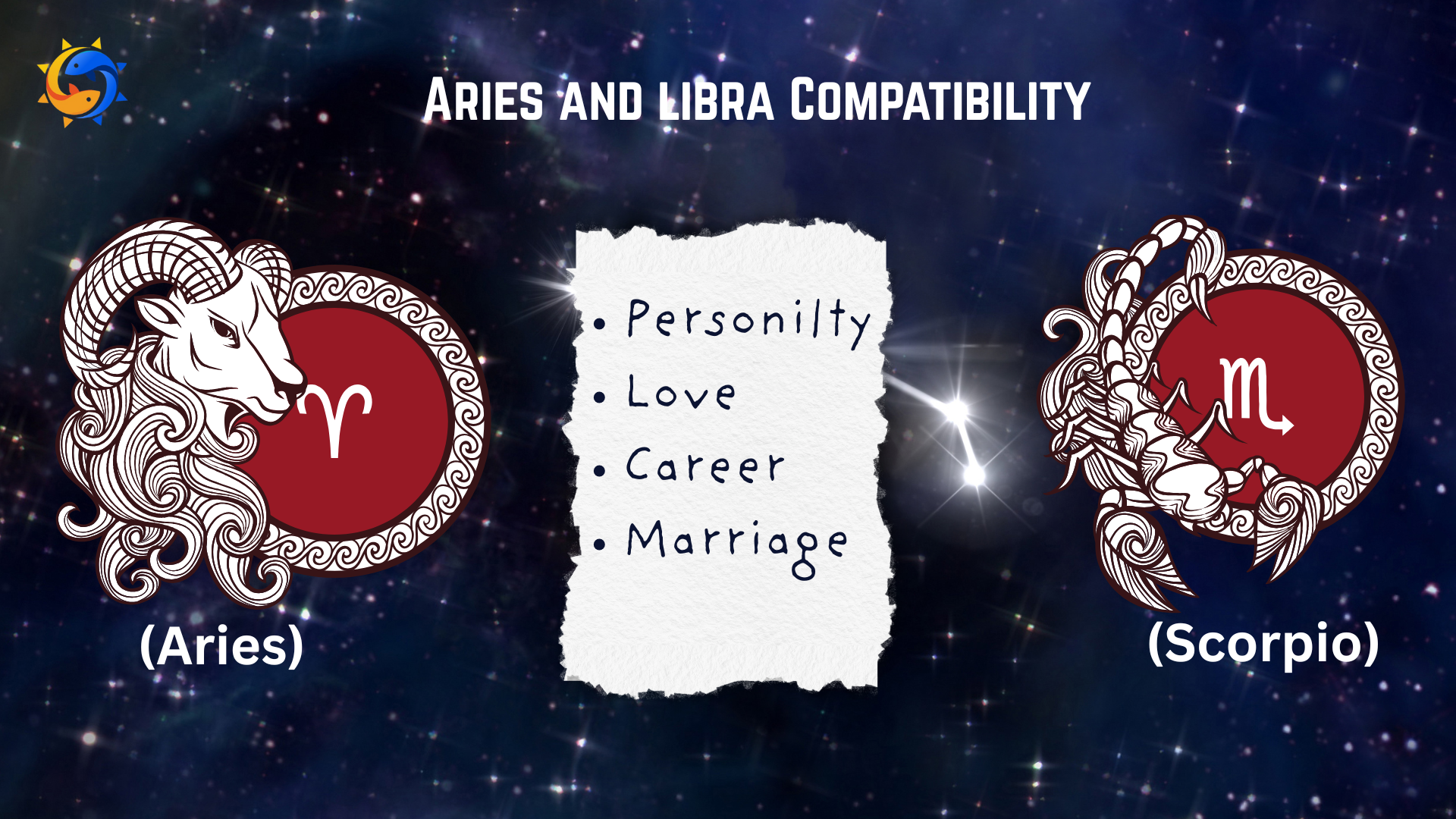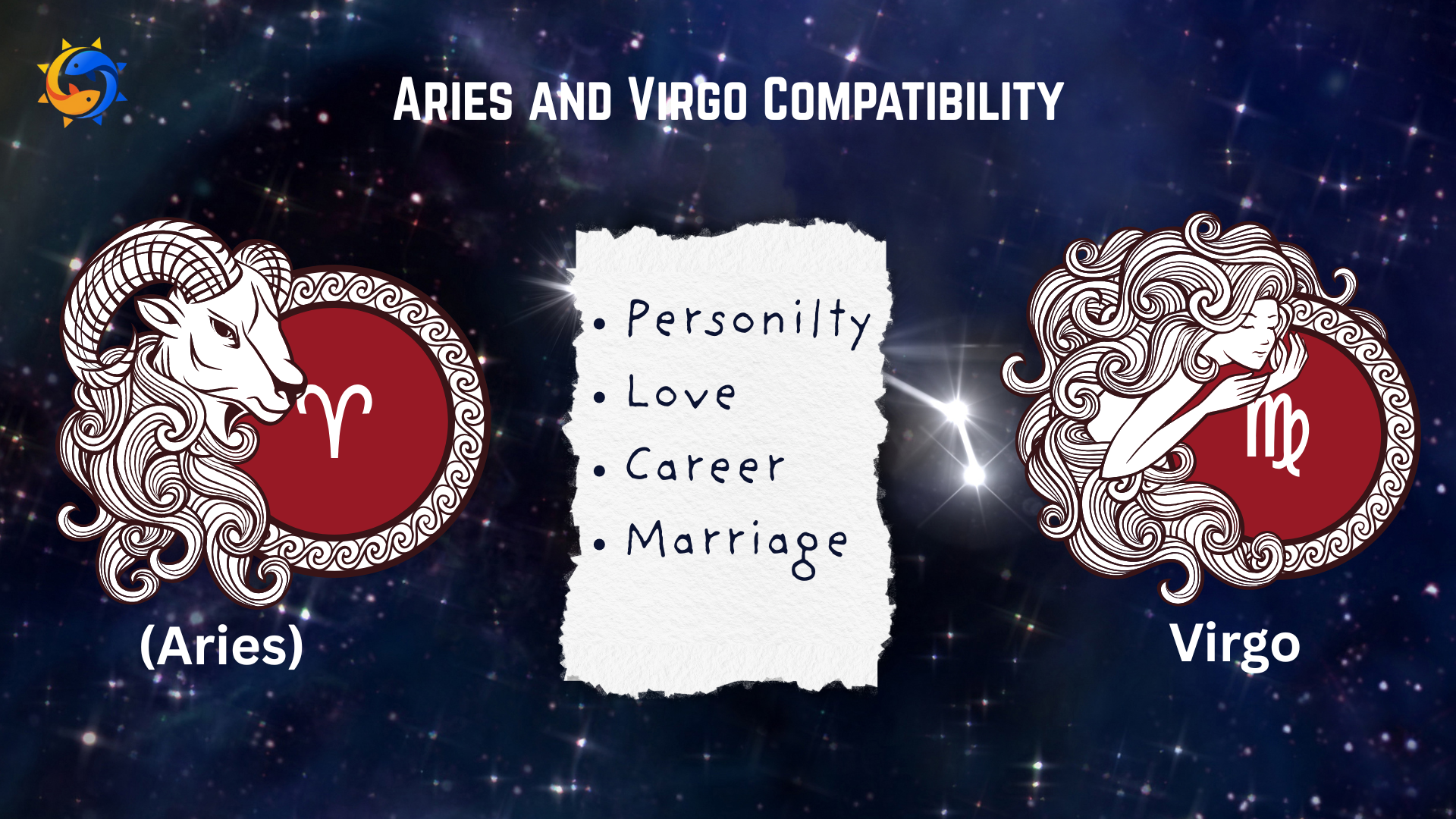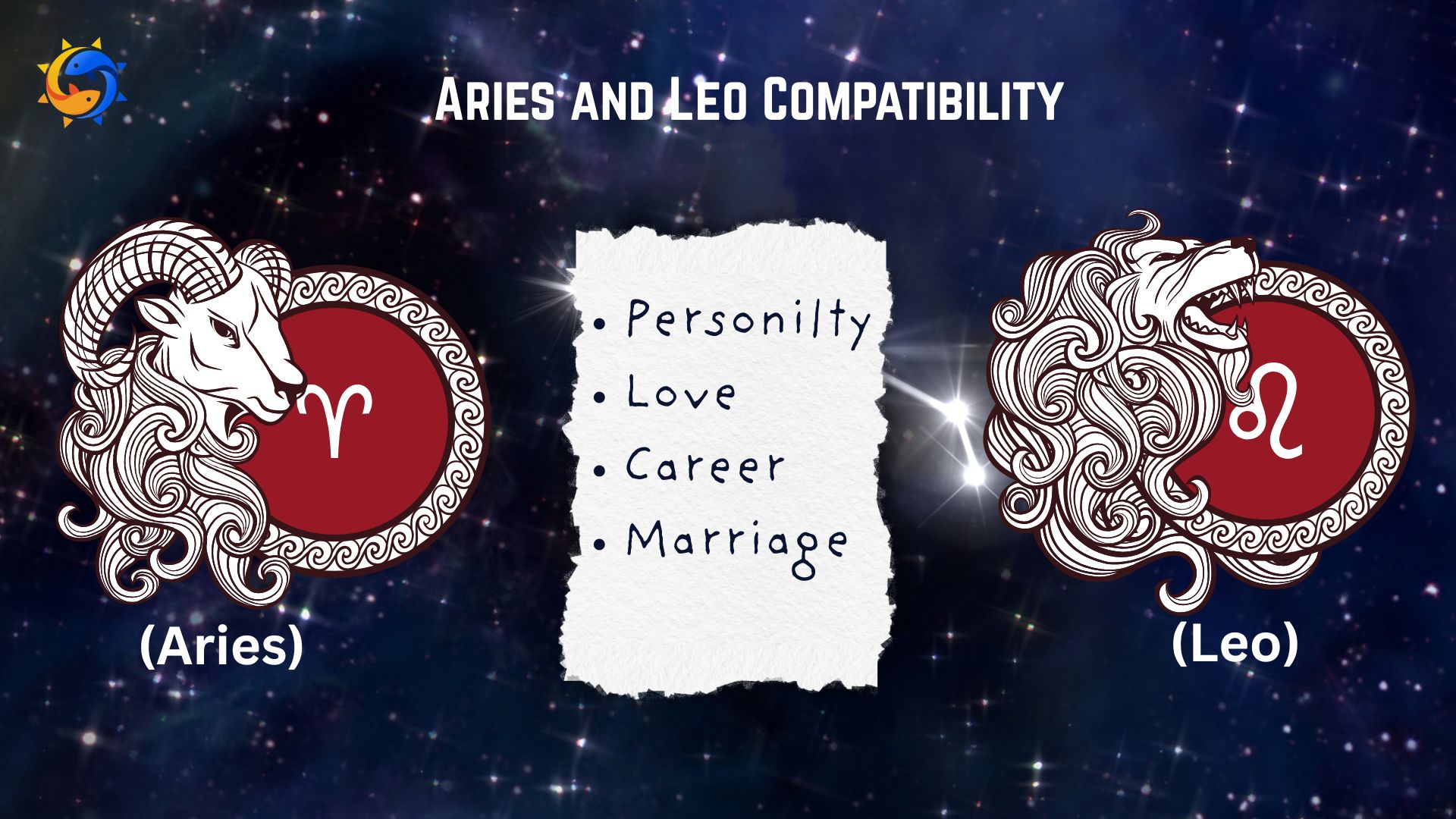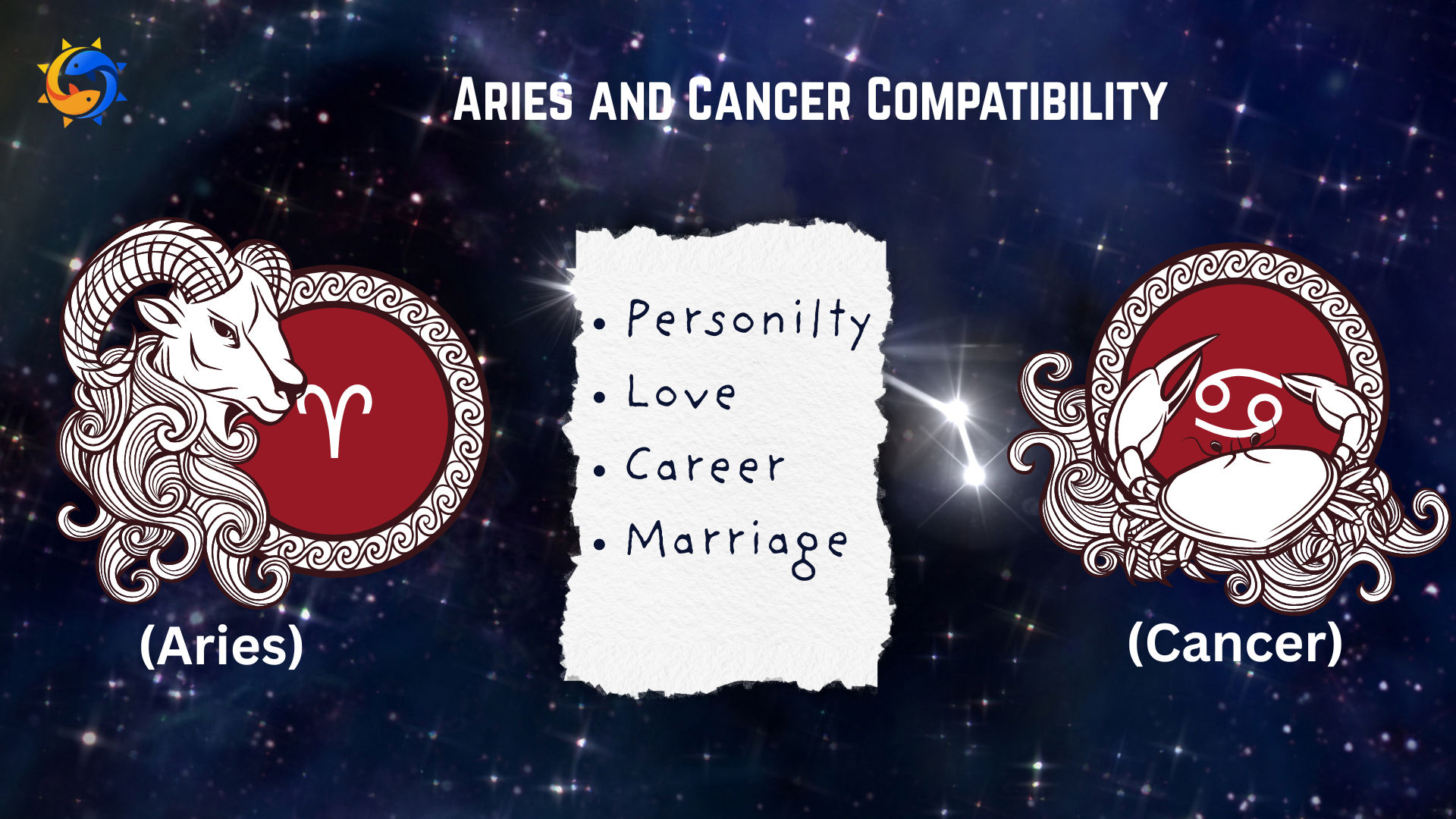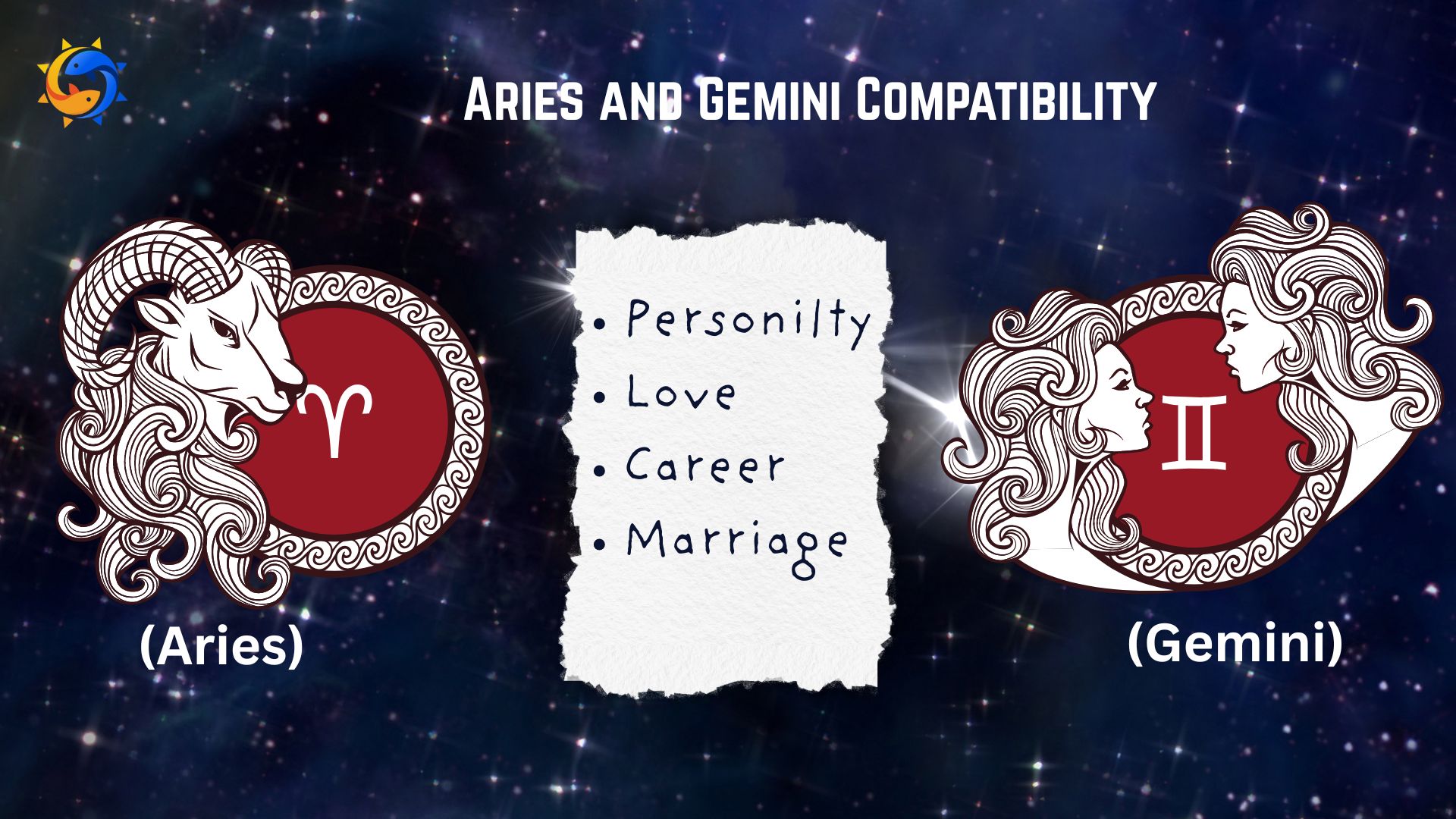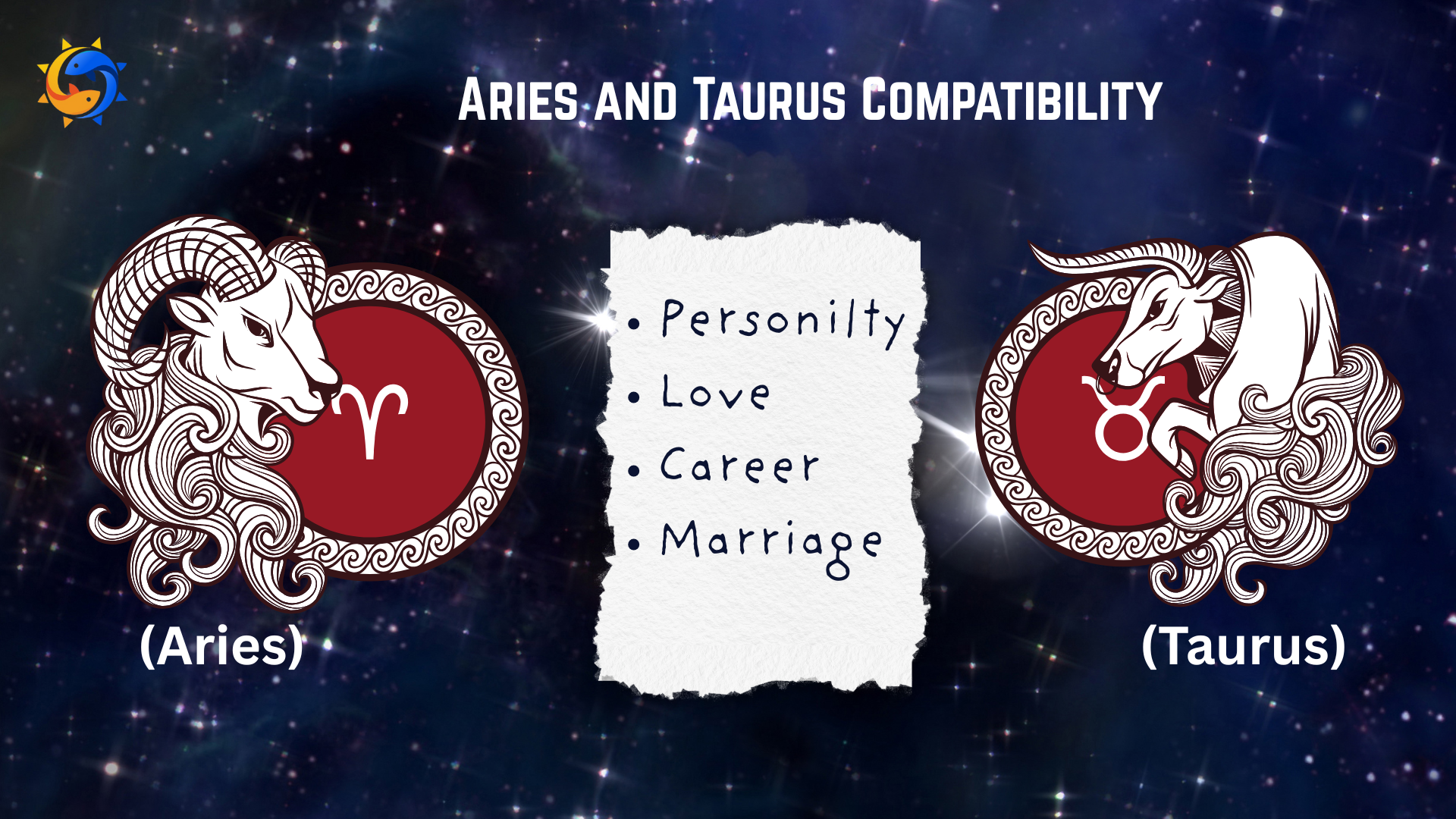Marriage is one of the most significant milestones in a person's life. In Indian culture, it’s not just a union of two individuals but a sacred bond that connects two souls, families, and destinies. To ensure a happy, peaceful, and prosperous married life, Vedic astrology offers a time-tested system known as Kundali Matching or Guna Milan. Among the several techniques used, the Ashtakoota Matching System is the most widely accepted and followed.
This blog provides a deep and complete understanding of the Ashtakoota system, its eight components, and how each affects marital harmony.
What is Kundali Matching?
Kundali Matching, also referred to as Guna Milan, is a detailed process of comparing the natal charts (Janma Kundalis) of the prospective bride and groom. The birth chart is prepared using the date, time, and place of birth of each individual. It helps analyze their:
Personality traits
Emotional and mental compatibility
Health and well-being
Financial stability
Progeny prospects
Longevity of marriage
The goal is to predict how well-matched the couple is and whether their union will be blissful or challenging.
What is Ashtakoota Matching System?
The word “Ashta” means eight, and “Koota” means category or aspect. The Ashtakoota system evaluates eight distinct dimensions of compatibility and assigns a certain number of points (called Gunas) to each one. In total, 36 Gunas can be scored. The more Gunas matched, the more astrologically compatible the couple is considered.
Each Koota has a specific area of focus — from physical attraction to mental understanding, from family peace to the health of future children.
Minimum Score Required in Ashtakoota Matching
Guna Score Match Quality
32–36 Excellent Match
25–31 Very Good Match
18–24 Average Match
Less than 18 Not Recommended
18 Gunas or more is generally considered acceptable. However, it is crucial to note that a lower score doesn't automatically disqualify a match. Doshas (flaws) may be neutralized with remedies, and other chart factors are also taken into account.
The 8 Ashtakootas in Detail
Let us now explore each of the eight Kootas in depth.
1. Varna Koota (1 Point) – Spiritual and Ego Compatibility
Purpose: This Koota checks the spiritual compatibility and ego levels between the partners. It reflects how the couple will understand and respect each other’s inner nature.
Varna Categories:
Brahmin (Spiritual/Intellectual) – Highest
Kshatriya (Warrior/Administrative)
Vaishya (Trader/Business-minded)
Shudra (Service-oriented) – Lowest
A groom’s Varna should be equal to or higher than the bride’s to score a full 1 point.
If the groom has a lower Varna, 0 points are awarded, indicating potential ego clashes.
Modern View: Though based on the caste system, it is now interpreted in terms of spiritual growth, intellect, and values.
2. Vashya Koota (2 Points) – Control and Adjustment Power
Purpose: This measures mutual control, attraction, and the ability to influence or adjust with each other. It is related to the dominance-submissiveness aspect in a relationship.
Vashya Categories:
Chatushpad (Small animals) – e.g., Aries, Capricorn
Manav (Human) – e.g., Gemini, Virgo
Vanchar (Wild animals) – e.g., Leo
Jalchar (Water animals) – e.g., Cancer, Pisces
Keet (Insects) – e.g., Scorpio
If both partners belong to the same or friendly group, full 2 points are given.
Unfriendly categories result in zero points, indicating possible power struggles.
Example: A Leo (Vanchar) male and a Pisces (Jalchar) female may score poorly due to contrasting nature.
Read Also - Dashavatar – 10 Avatars of Vishnu
3. Tara Koota (3 Points) – Birth Star and Destiny Compatibility
Purpose: This assesses the health, well-being, and destiny alignment of the partners.
How It Works:
The birth star (Nakshatra) of the boy and girl is taken.
The Nakshatra number of each is subtracted from the other.
The result is divided by 9.
If the remainder is even (0, 2, 4, 6, 8), it is considered auspicious.
Full 3 points are given for auspicious matchings.
Malefic or incompatible stars may lead to health issues, instability, and disharmony.
Modern Note: Tara matching is particularly important for long-term happiness and prosperity.
4. Yoni Koota (4 Points) – Sexual Compatibility
Purpose: One of the most vital aspects, Yoni Koota evaluates the sexual and physical compatibility between partners. It also reflects emotional intimacy and physical attraction.
Based on Animal Yoni Types:
Each Nakshatra is associated with an animal. For example:
Ashwini – Horse
Rohini – Snake
Ardra – Dog
Magha – Rat
Types of Pairings:
Friendly Yoni: Full 4 points
Neutral Yoni: 2–3 points
Hostile Yoni: 0–1 points
Enemy Yoni pairs may lead to dissatisfaction in marital life, sexual frustration, or infidelity.
Good Yoni compatibility indicates strong passion, attraction, and balanced emotional connection.
5. Graha Maitri Koota (5 Points) – Mental and Emotional Bonding
Purpose: This Koota focuses on the friendship and understanding between the Moon Lords of both charts. It represents mental, emotional, and intellectual alignment.
Process:
Determine the Lords of the Moon signs (Chandra Rashi) of both individuals.
Check the friendship between the planetary Lords.
Friendly or neutral relationships get higher points.
Hostile planet Lords (e.g., Sun and Saturn) yield fewer points.
Significance: It indicates the ability to support, understand, and emotionally complement each other.
6. Gana Koota (6 Points) – Nature and Temperament
Purpose: Gana Koota reflects the fundamental nature, mindset, and behavioral tendencies of a person. It is crucial for day-to-day harmony in a relationship.
Three Gana Categories:
Deva Gana (Divine) – Gentle, spiritual, accommodating
Manushya Gana (Human) – Balanced, practical
Rakshasa Gana (Demonic) – Aggressive, dominant
Pairing Compatibility:
Same Gana: Best match – 6 points
Deva-Manushya or Manushya-Rakshasa: Moderate match – 3–5 points
Deva-Rakshasa: Least compatible – 0 or 1 point
Impact: Gana mismatch can lead to constant conflicts, misunderstandings, and friction in daily life.
7. Bhakoot Koota (7 Points) – Financial Stability and Family Prosperity
Purpose: Bhakoot represents emotional bonding, financial well-being, and family harmony.
Calculation:
Based on the relative positions of the Moon signs in the birth charts.
Certain combinations like 6–8 or 9–5 are considered Bhakoot Dosha, which can bring health problems, loss of wealth, or lack of harmony.
Points Allocation:
Compatible Bhakoot: Full 7 points
Incompatible: 0 points
Note: Even with Bhakoot Dosha, if the Navamsa chart or other factors are favorable, this Dosha can be neutralized.
8. Nadi Koota (8 Points) – Health and Progeny
Purpose: Nadi is the most important among all Kootas, with the highest score (8 points). It assesses the genetic compatibility, health, and fertility of the couple. It directly relates to childbirth and the health of offspring.
Types of Nadi:
Aadi Nadi (Vata) – Air
Madhya Nadi (Pitta) – Fire
Antya Nadi (Kapha) – Water
Rule:
If both partners have the same Nadi, it leads to Nadi Dosha – considered highly inauspicious.
If they have different Nadis, full 8 points are awarded.
Nadi Dosha can affect childbirth and lead to severe health issues in children.
However, it can be nullified if:
The Nakshatra Padas are different,
There is no other major Dosha,
The Rashi lords are friends.
Understanding Doshas in Ashtakoota Matching
Even if a match scores high in total points, certain Doshas (flaws) can be problematic:
Common Doshas:
Nadi Dosha – Affects fertility and childbirth.
Bhakoot Dosha – Financial and emotional stress.
Gana Dosha – Nature mismatch and daily quarrels.
Mangal Dosha (analyzed separately) – Conflict and aggression.
Remedies for Doshas:
Pujas and Vedic rituals like Nivaran Pooja
Gemstones, mantras, and fasting
Consulting experienced astrologers for Pariharas (remedial actions)
Does High Score Guarantee a Happy Marriage?
Not necessarily. A high Ashtakoota score means better planetary alignment, but a happy marriage depends on:
Mutual respect and understanding
Family environment
Communication
Shared values
An astrologer also considers:
Dasha periods
Navamsa and divisional charts
Manglik Dosha
Yogas and planetary aspects
Hence, Kundali Matching is a guiding tool, not a verdict.
Spiritual Viewpoint of Kundali Matching
Vedic Astrology believes that marriage is a karmic bond, and Kundali Matching is a way to understand how the karmas of two souls will interact. It also helps in determining whether the match is Dharma-aligned (righteous and balanced).
The Ashtakoota system serves as a blueprint for identifying potential strengths and challenges in a marriage.
Final Thoughts:
The Ashtakoota system is an incredibly useful framework to understand compatibility, but it should not be the only deciding factor. Here's how to use it effectively:
Ideal Approach:
Get a detailed Kundali matching done by a qualified astrologer.
Consider other aspects like family background, values, goals, and emotional maturity.
Use the score as a reference, not as an absolute rule.
Consider remedies if Doshas are present.
Ensure both partners are willing to grow and evolve together.
Want to Match Kundalis Professionally?
AstroSagga offers accurate and insightful Kundali Matching services by expert astrologers. Our astrologers check beyond the 8 Kootas – analyzing Dasha, planetary Yogas, remedies, and more to give you clarity.
Book your consultation today and know the true potential of your relationship!


